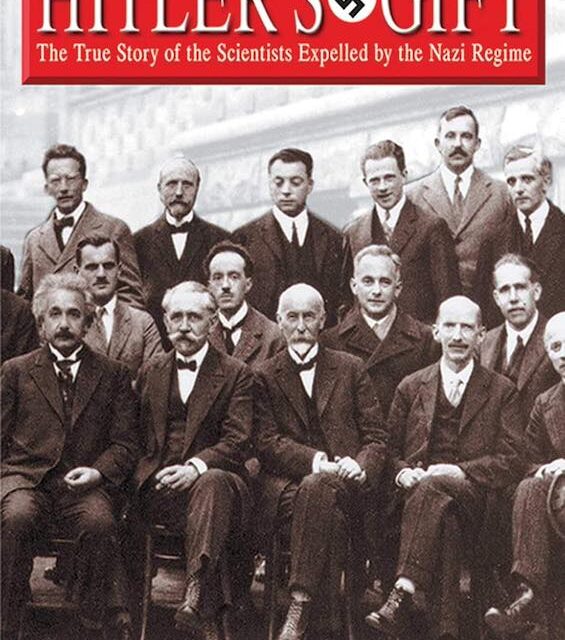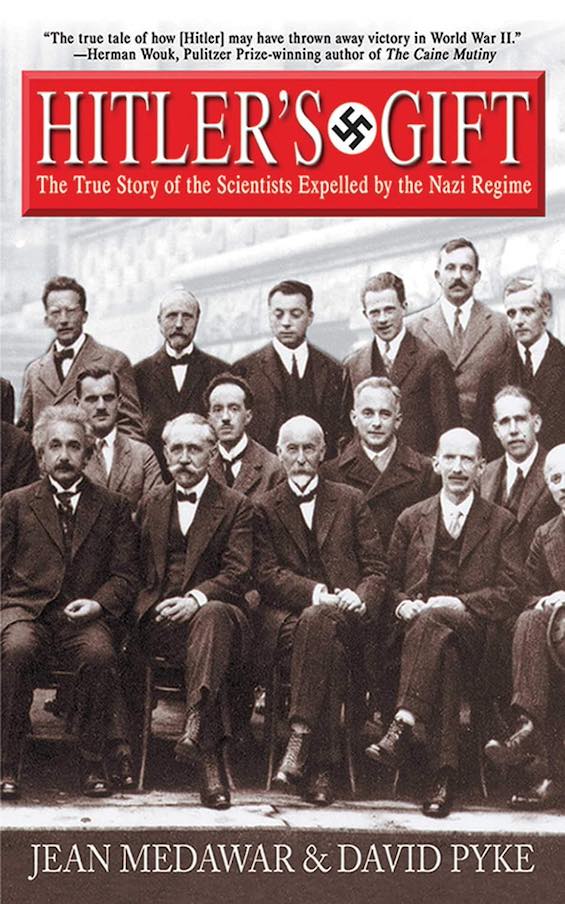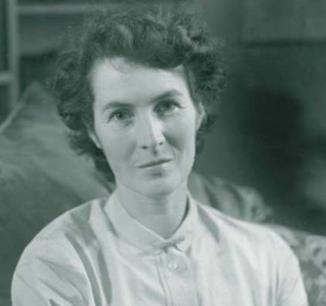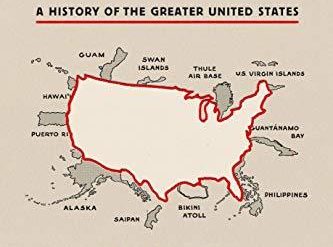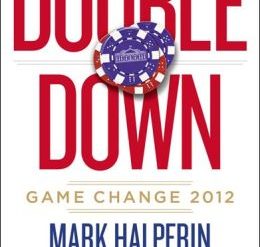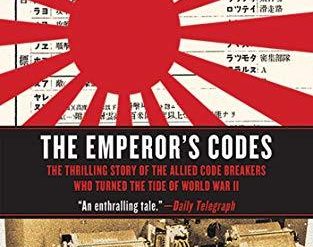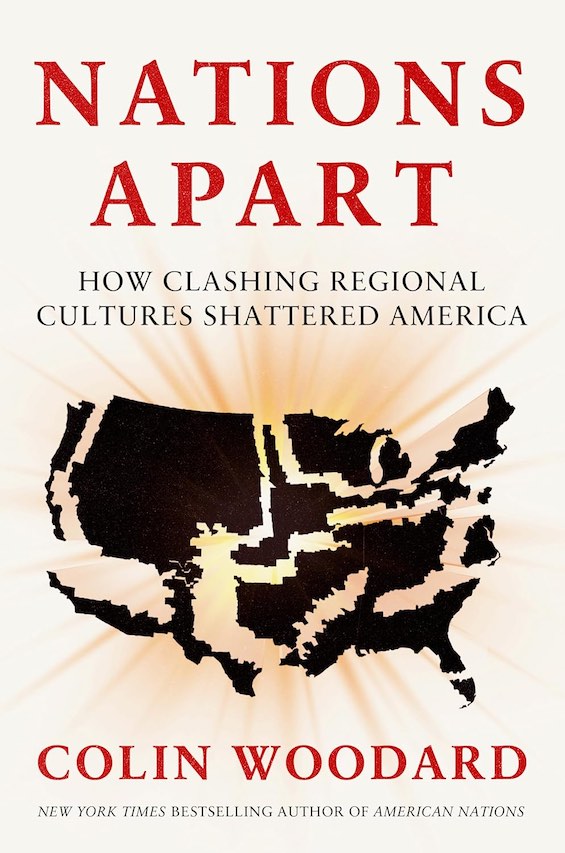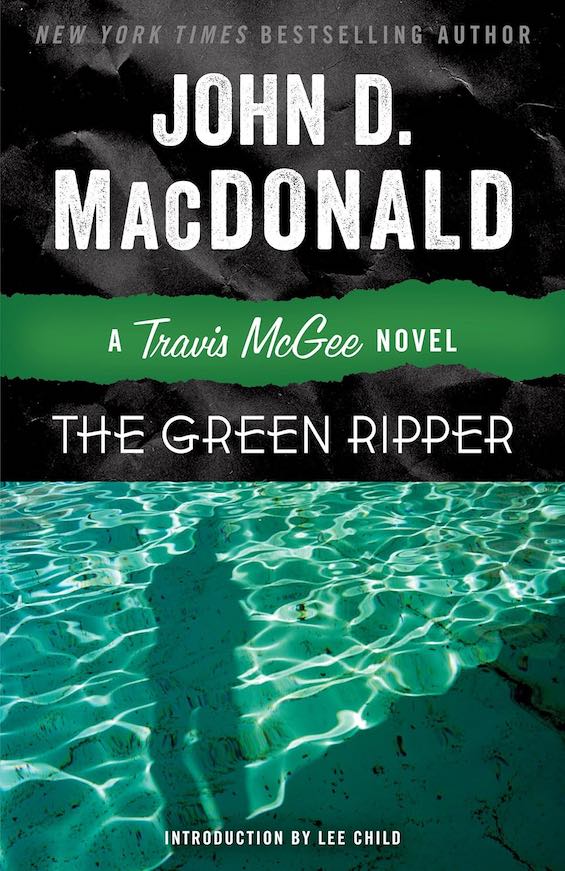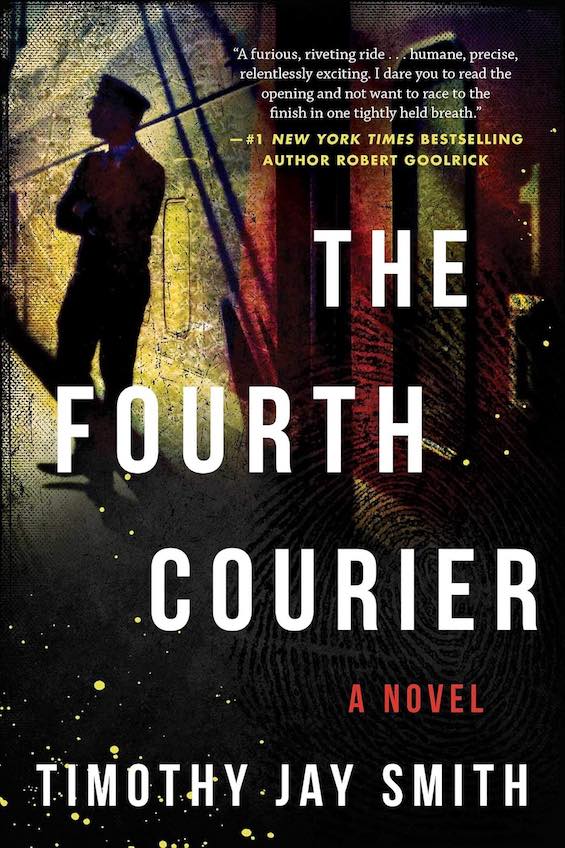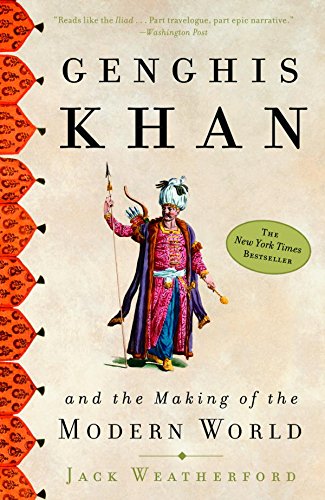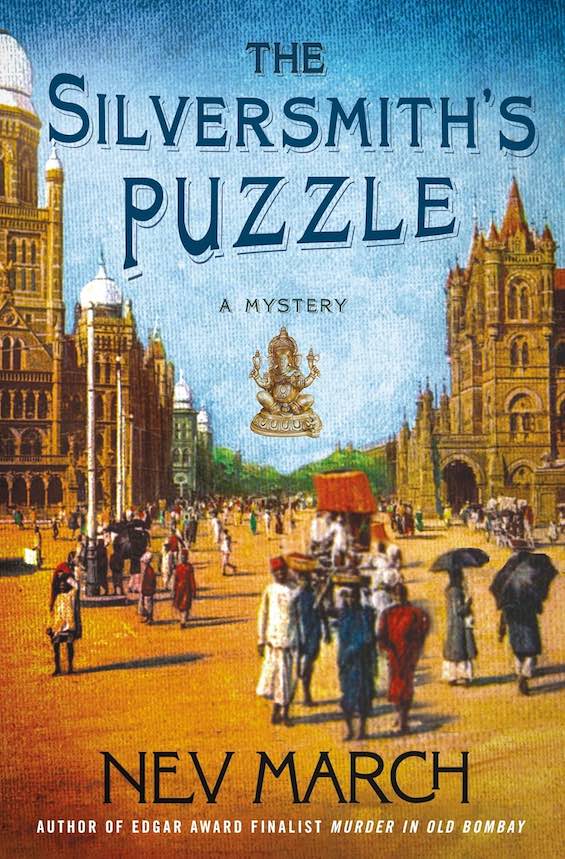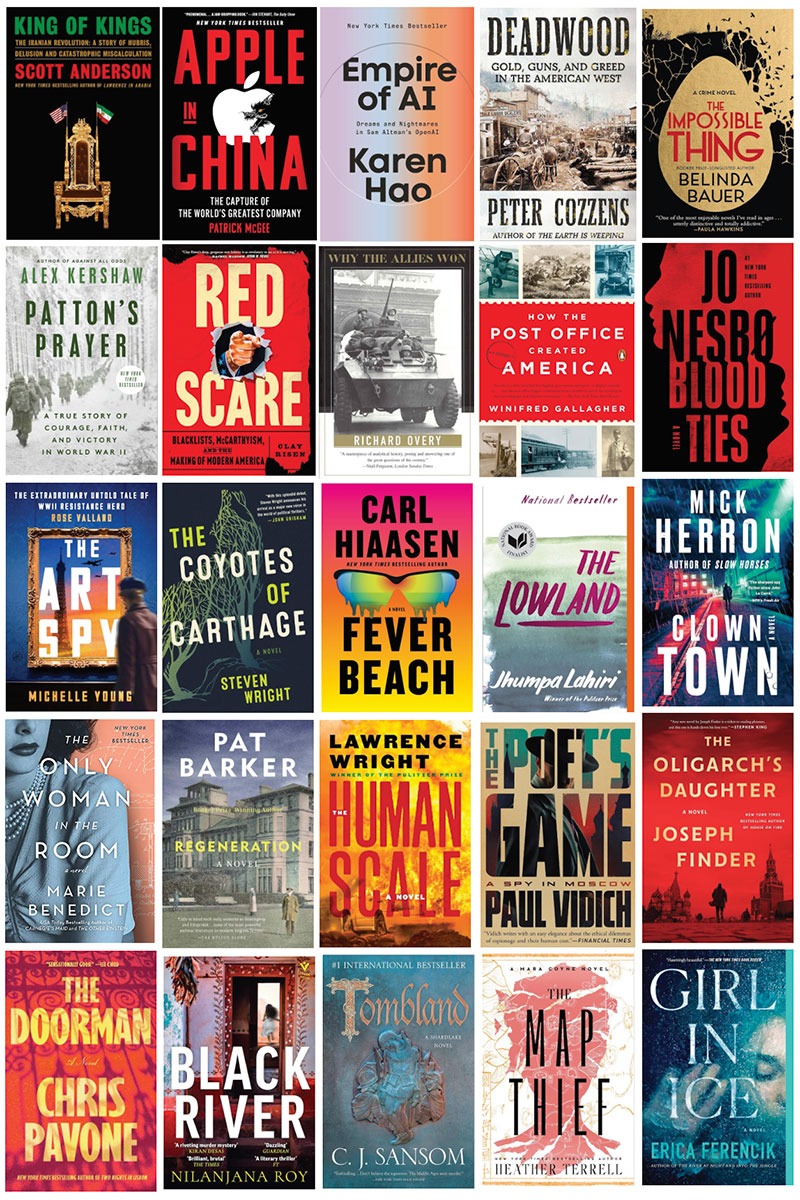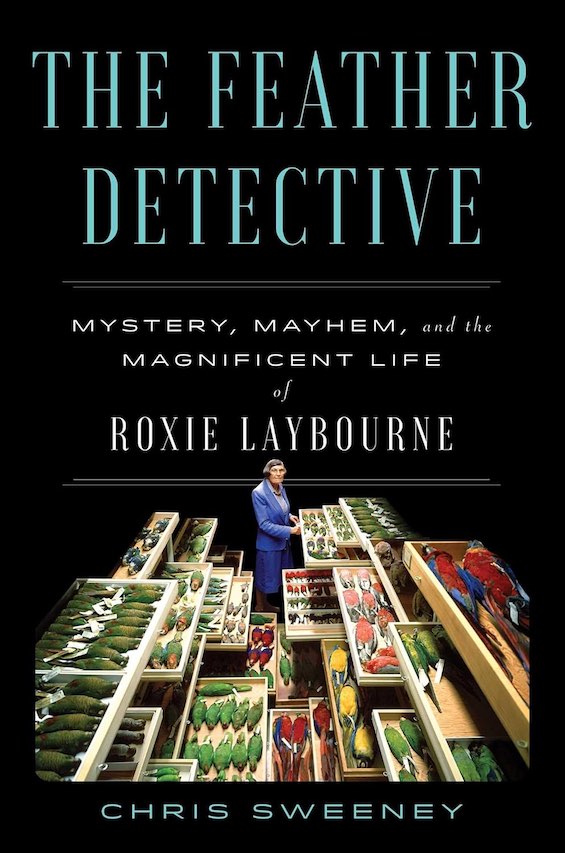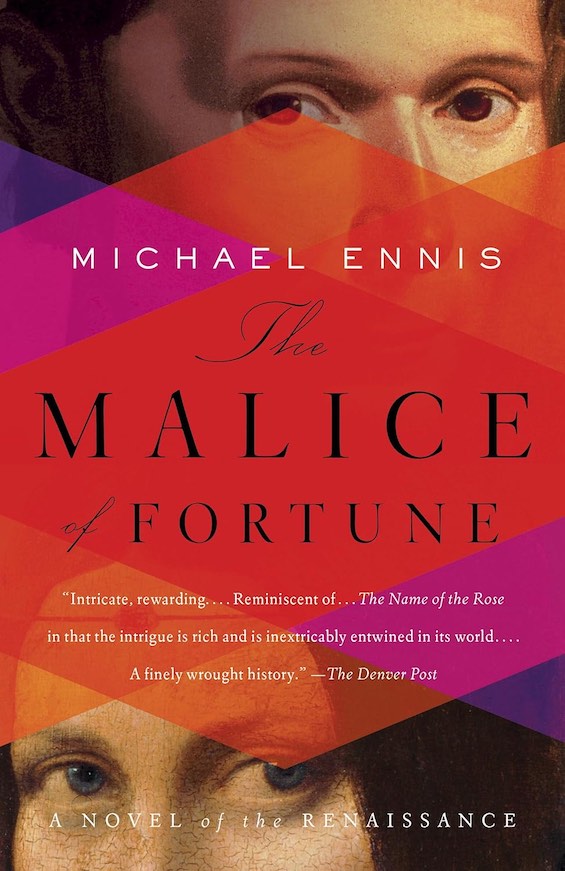Estimated reading time: 5 minutes
Scan any list of the physicists, chemists, and other top scientists who created the atomic bomb under the Manhattan Project. What you’ll find there, one after another, are the names of Europeans who’d fled the Nazis in the 1930s. They dominate the list, and their contributions were the key to the weapon’s development. But the work at Los Alamos only hints at the broader contributions refugees made to British and American science. Because “some 2600 scientists and other scholars left Germany within the first year [alone], the vast majority of them Jewish. Twenty-five per cent of all physicists were lost from German universities in an insane squandering of talent.” And, overwhelmingly, they emigrated to universities in the UK and US, where an inordinate number of them later won Nobel Prizes. In Hitler’s Gift, Jean Medawar and David Pyke tell the amazing stories of the scientists who fled the Nazis.
Germany was über alles in science. Until Hitler.
Among the men (and a few women) who fled to the West were some of the superstars of world science. Albert Einstein. Leo Szilard. Edward Teller. Hans Bethe. Isidor Isaac Rabi. John von Neumann. Stanisław Ulam. Refugees from Germany, Hungary, and Poland (but mostly Germany), they represented the cream of European (but mostly German) science.
As the authors note, “In the first 32 years of the Nobel Prizes (1901-32) Germany won one third of all the prizes in science, 33 out of 100, Britain 18 and the USA 6.” They also point out that, “of the German laureates, about a quarter of the scientists were of Jewish descent, although the Jewish population made up no more than 1 per cent of the German people at the time.” Germany was the acknowledged world leader in the hard sciences, especially physics, chemistry, and mathematics. But within weeks of Hitler’s ascension to power in 1933, the science departments of German universities began emptying out, as Jewish (and a few gentile) faculty members fled the country.
Hitler’s Gift: The True Story of the Scientists Expelled By the Nazi Regime by Jean Medawar and David Pyke (2000) 288 pages ★★★★☆
Refugee scientists were key to the Manhattan Project from the outset
Medawar and Pykę emphasize that refugee German scientists were instrumental in leading Oxford, Cambridge, and leading American universities into the top ranks of research institutions worldwide. But history dwells on their particular contribution to the development of the atomic bomb. It’s well known, of course, that Albert Einstein and Leo Szilard’s letter to Franklin Roosevelt led to the creation of the Manhattan Project. The two men—principally Szilard, as he drafted the letter—had concluded that constructing a nuclear weapon was possible. They were convinced Germany would do so. And Roosevelt eventually bought the argument.
Billions of dollars in spending and four years of frantic activity ensued, and the results are well known. The people of Hiroshima and Nagasaki paid the biggest price. And yet, as the authors note (and so many others have asserted), there was no reasonable likelihood that the Nazis could have come even close to building a bomb.
Why the Nazis could never have built a bomb
The United States government spent some $2 billion on the project—about $36 billion in today’s dollars. They imported 3,000 tons of uranium from the Congo in 1944. More than 500,000 people worked on the project, including hordes of people on the production lines at Hanford, Washington, and Oak Ridge, Tennessee, to produce the U235 and plutonium used in the three bombs detonated in 1945 (first the Trinity test, then the two cities). And there is no way that hard-pressed Nazi Germany could possibly have mobilized such resources. Not the people, not the money, and not the uranium. Also, there is considerable speculation that Nobel Prize-winning physicist Werner Heisenberg, who headed the bomb project for the Nazis, was uncomfortable about building a weapon. In any case, the work he had underway by the end of the war was barely more advanced than what German scientists had accomplished in the 1930s.
About the authors
Jean Medawar (1913-2005) was a British author and former chairman of the Family Planning Association. She was married to Sir Peter Brian Medawar, who won the 1960 Nobel Prize in Physiology or Medicine. She was born in London and earned a BSc in zoology from Oxford, continuing research in the field after graduating. In 1954, she met Margaret Pyke, then Chair of the Family Planning Association, and became involved in its work for years afterward. Her coauthor on Hitler’s Gift, David Pyke, was Margaret Pyke’s son. (I’m unable to find anything about him online.) Medawar was the author of five other works of nonfiction.
For related reading
You’ll find books about related subjects at:
- Good books about the Holocaust
- 10 top nonfiction books about World War II
- 20 top nonfiction books about history
- Science explained in 10 excellent popular books
And you can always find my most popular reviews, and the most recent ones, on the Home Page.

